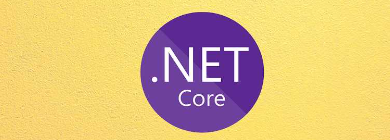 iStock
iStockET Year-end Special Reads
Phone makers have pitched for a cut in the duty on mic, receiver, speaker and flexible printed circuit assembly to 10% from 15% now. They have also asked for duty-free imports of parts of printed circuit board assembly, which are subject to 2.5% duty at present.
This is crucial as India's effective tariffs on mobile phone inputs still range from 7% to 7.2%, which is significantly higher than China and Vietnam, they said.
The industry raised these issues at a pre-budget meeting with finance minister Nirmala Sitharaman on Thursday.
"There are a number of components which are subject to duty. Industry has sought concessions on those parts as there is no duty on some of these components in China," said an official. Pushing for a simplified tariff structure, the India Cellular and Electronics Association (ICEA) has suggested duty-free import of inputs and sub-parts of sub-assemblies/components, 5% duty for certain component parts and 10% tariff for sub-assemblies and components.
The Electronic Industries Association of India (ELCINA) said the government should consider providing financial incentives or establish subsidised testing and certification facilities, specifically for MSME companies, along with increasing testing capacity.
It asked to extend the 15% corporate tax waiver for manufacturing companies till March 31, 2029 to encourage establishment of new manufacturing ventures in the component sector. This should be combined with a dedicated incentive package to build the component ecosystem in dedicated clusters, ELCINA said.
India's domestic smartphone market stagnated in 2024, with shipments flat for the second consecutive year at approximately 152 million units, as reported by Counterpoint Research and IDC. "A modest 1-2% growth during the festive season was insufficient to offset the decline in demand for sub-$100 devices, whose share fell from 30% in 2023 to under 20% in 2024," ICEA said in a representation to chief economic advisor V Anantha Nageswaran.
Duty cuts on key components would be crucial for India to benefit from the tariff changes as US president-elect Donald Trump has proposed tariffs as high as 60% on Chinese imports. Trump began a trade war with China in 2018 during his first term as US president.
(Catch all the Business News, Breaking News, Budget 2024 Events and Latest News Updates on The Economic Times.)
Subscribe to The Economic Times Prime and read the ET ePaper online.
Read More News on
(Catch all the Business News, Breaking News, Budget 2024 Events and Latest News Updates on The Economic Times.)
Subscribe to The Economic Times Prime and read the ET ePaper online.









































 Get Unlimited Access to The Economic Times
Get Unlimited Access to The Economic Times
